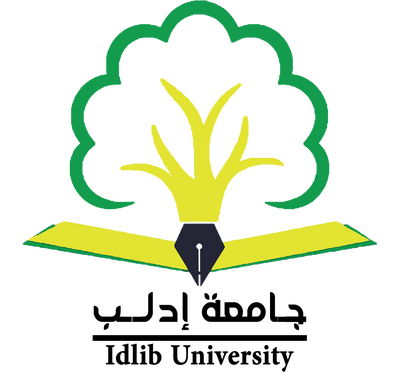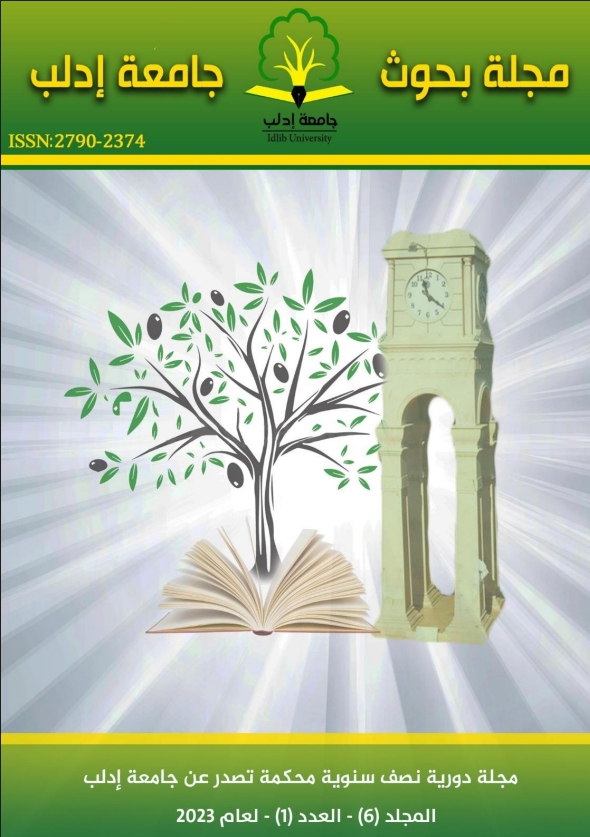Morphological Diversity of 17 Of Fig (Ficus carica L.) Genotypes Grown In Northwest Idlib
Keywords:
Fig, Ficus carica, Phenotypes, Morphological CharacterizationAbstract
The research was conducted in Armanaz, northwest of Idlib, Syria in 2021 and 2022 .17 phenotypes of edible figs cultivated in the region were studied. The genotypes were described according to the morphological standards approved by the International Plant Genetic Resources Institute (IPGRI).
The results showed significant differences between evaluated genotypes in most of the studied traits. The branch length in the studied genotypes ranged between 5-29.6 cm, branch width between 1.06-1.85 cm, and internode length between 1-4.98 cm. The leaf length ranged between 15.3-25.08 cm, its width ranged between 13.3-24.06 cm, the length of its petiole ranged between 3.92-8.94, and the number of leaves on a branch ranged between 5-15 leaves. As for the characteristics of the fruit in the studied genotypes, fruit length ranged between 2.46-9 cm, its maximum width ranged between 2.90-8 cm, the diameter of its ostiole ranged between 0.34-2.24 mm, bearing length ranged between 4.72-25.00 mm, and the T.T.S. between 15.9-22.2%, in addition to the number of fruits per shoot ranged between 4.80-6.90 fruits.
The cluster analysis showed a relationship between the Sahele Shahri, Sahele Khamri, Wardani, Black Samaki, and Karsaawi phenotypes, and with Sefrawi, Sultani, Zuaibli, Khadrawi, white Setahi, Rizezi, Akhdar, Ka’b al-Ghazal, Red Samaki, and black Shatwi. All these genotypes formed the first cluster, while the second cluster included the Abedi and Akhder Shatwi genotypes, while the third cluster included the black Sindhi genotypes

